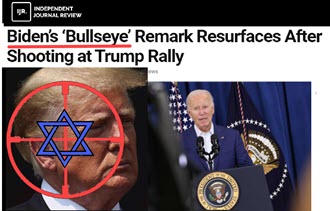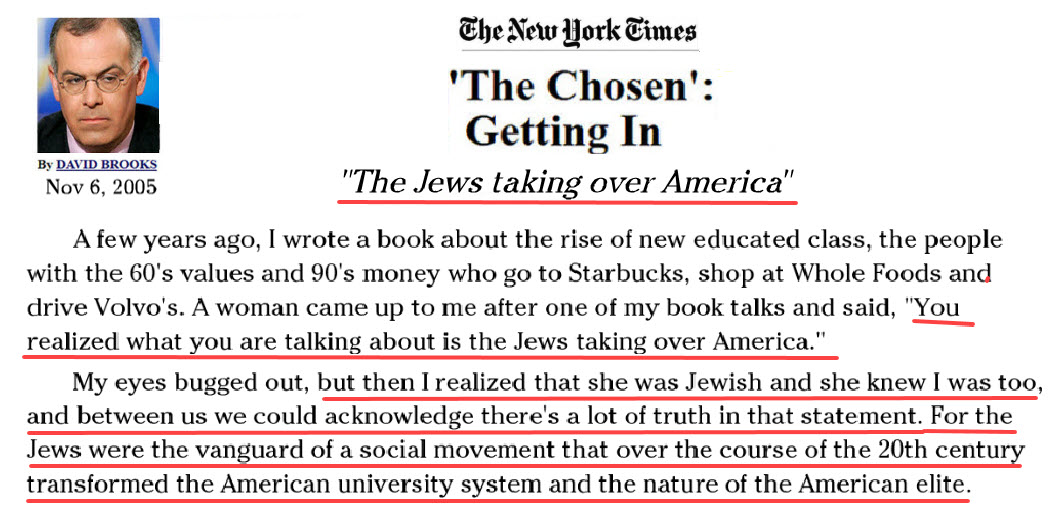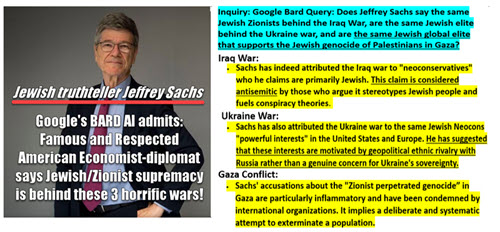 Calling the Kosovo Humanitarians to Account
Calling the Kosovo Humanitarians to Account
by John Pilger
The following article was written by journalist John Pilger (left) of Britain. It shows clearly how far afield the American government has gone from the vision of our founding fathers. George Washington’s farewell speech to our nation was an exhortation for us not to get involved with the feuds and wars of the world. Yugoslavia had to be attacked because it dared to be independent of the New World Order. The classic way to accomplish that is to make accusations of crimes against humanity.
John Pilger has been one of the world’s most ardent defenders of human rights. He has documented and exposed human rights violations all over the world and won numerous humanitarian awards for his work. Now he exposes a violent aggression by the U.S. and NATO that was based on a lie, for he shows that just about all the horror stories of Kosovo were propagandistic inventions to justify the attack on the Serbs.
Then he points out deliberate attacks on civilian locations including bridges, TV and radio stations, power plants and the like. All against a people who had never done a thing against America! When I saw on TV the films of American bombs (pictured above) falling on our European brethren in Belgrade, a European capitol, my heart sank to to my stomach. Here is a very insightful piece by John Pilger, filmmaker and journalist. –David Duke
Muted by the evidence of the Anglo-American catastrophe in Iraq, the international “humanitarian” war party ought to be called to account for its largely forgotten crusade in Kosovo, the model for Tony Blair’s “onward march of liberation.” Just as Iraq is being torn apart by the forces of empire, so was Yugoslavia, the multi-ethnic state that uniquely rejected both sides in the cold war.
Lies as great as those of Bush and Blair were deployed by Clinton and Blair in their grooming of public opinion for an illegal, unprovoked attack on a European country. Like the buildup to the invasion of Iraq, the media coverage in the spring of 1999 was a series of fraudulent justifications, beginning with U.S. Defense Secretary William Cohen’s claim that “we’ve now seen about 100,000 military-aged [Albanian] men missing … they may have been murdered.” David Scheffer, the U.S. ambassador at large for war crimes, announced that as many as “225,000 ethnic Albanian men aged between 14 and 59” may have been killed. Blair invoked the Holocaust and “the spirit of the Second World War.” The British press took its cue. “Flight from genocide,” said the Daily Mail. “Echoes of the Holocaust,” chorused the Sun and the Mirror.
By June 1999, with the bombardment over, international forensic teams began subjecting Kosovo to minute examination. The American FBI arrived to investigate what was called “the largest crime scene in the FBI’s forensic history.” Several weeks later, having not found a single mass grave, the FBI went home. The Spanish forensic team also returned home, its leader complaining angrily that he and his colleagues had become part of “a semantic pirouette by the war propaganda machines, because we did not find one – not one – mass grave.”
In November 1999, the Wall Street Journal published the results of its own investigation, dismissing “the mass-grave obsession.” Instead of “the huge killing fields some investigators were led to expect … the pattern is of scattered killings [mostly] in areas where the separatist Kosovo Liberation Army had been active.” The Journal concluded that NATO stepped up its claims about Serb killing fields when it “saw a fatigued press corps drifting toward the contrarian story: civilians killed by NATO’s bombs….” The war in Kosovo was “cruel, bitter, savage; genocide it wasn’t.”
One year later, the International War Crimes Tribunal, a body effectively set up by NATO, announced that the final count of bodies found in Kosovo’s “mass graves” was 2,788. This included combatants on both sides and Serbs and Roma murdered by the Albanian Kosovo Liberation Army. Like Iraq’s fabled weapons of mass destruction, the figures used by the U.S. and British governments and echoed by journalists were inventions – along with Serb “rape camps” and Clinton’s and Blair’s claims that NATO never deliberately bombed civilians.
Code-named “Stage Three,” NATO’s civilian targets included public transport, hospitals, schools, museums, churches. “It was common knowledge that NATO went to Stage Three [after a couple of weeks],” said James Bissell, the Canadian ambassador in Belgrade during the attack. “Otherwise, they would not have been bombing bridges on Sunday afternoons and market places.”
NATO’s clients were the Kosovo Liberation Army. Seven years earlier, the KLA had been designated by the State Department as a terrorist organization in league with al-Qaeda. KLA thugs were feted; Foreign Secretary Robin Cook allowed them to call him on his mobile phone. “The Kosovo-Albanians played us like a Stradivarius,” wrote the UN Balkans commander, Major-General Lewis MacKenzie, last April. “We have subsidized and indirectly supported their violent campaign for an ethnically pure Kosovo. We have never blamed them for being the perpetrators of the violence in the early 1990s, and we continue to portray them as the designated victim today in spite of evidence to the contrary.”
The trigger for the bombing of Yugoslavia was, according to NATO, the failure of the Serbian delegation to sign up to the Rambouillet peace conference. What went mostly unreported was that the Rambouillet accord had a secret Annex B, which Madeleine Albright’s delegation had inserted on the last day. This demanded the military occupation of the whole of Yugoslavia, a country with bitter memories of the Nazi occupation. As the Foreign Office minister Lord Gilbert later conceded to a Commons’ defense select committee, Annex B was planted deliberately to provoke rejection by the government in Belgrade. As the first bombs fell, the elected parliament in Belgrade, which included some of Milosevic’s fiercest opponents, voted overwhelmingly to reject it.
Equally revealing was a chapter dealing exclusively with the Kosovo economy. This called for a “free-market economy” and the privatization of all government assets. As the Balkans writer Neil Clark has pointed out, “the rump of Yugoslavia … was the last economy in central-southern Europe to be uncolonized by western capital. ‘Socially owned enterprises,’ the form of worker self-management pioneered under Tito, still predominated. Yugoslavia had publicly owned petroleum, mining, car, and tobacco industries, and 75 percent of industry was state- or socially owned.”
At the Davos summit of neo-liberal chieftains in 1999, Blair berated Belgrade, not for its handling of Kosovo, but for its failure to fully embrace “economic reform.” In the bombing campaign that followed, it was state-owned companies, rather than military sites, that were targeted. NATO’s destruction of only 14 Yugoslav army tanks compares with its bombing of 372 centers of industry, including the Zastava car factory, leaving hundreds of thousands jobless. “Not one foreign or privately owned factory was bombed,” wrote Clark.
Erected on the foundation of this massive lie, Kosovo today is a violent, criminalized UN-administered “free market” in drugs and prostitution. More than 200,000 Serbs, Roma, Bosnians, Turks, Croats, and Jews have been ethnically cleansed by the KLA with NATO forces standing by. KLA hit squads have burned, looted, or demolished 85 Orthodox churches and monasteries, according to the UN. The courts are venal. “You shot an 89-year-old Serb grandmother?” mocked a UN narcotics officer. “Good for you. Get out of jail.”
Although Security Council Resolution 1244 recognizes Kosovo as an integral part of Yugoslavia, and does not authorize the UN administration to sell off anything, multinational companies are being offered 10- and 15-year leases of the province’s local industries and resources, including the vast Trepca mines, some of the richest mineral deposits in the world. After Hitler captured them in 1940, the mines supplied German munition factories with 40 percent of their lead. Overseeing this plundered, murderous, now almost ethnically pure “future democracy” (Blair), are 4,000 American troops in Camp Bondsteel, a 775-acre permanent base.
Meanwhile, the trial of Milosevic proceeds as farce, not unlike an earlier show trial in The Hague: that of the Libyans blamed for the Lockerbie bomb. Milosevic was a brute; he was also a banker once regarded as the West’s man who was prepared to implement “economic reforms” in keeping with IMF, World Bank, and European Community demands; to his cost, he refused to surrender sovereignty. The empire expects nothing less.



